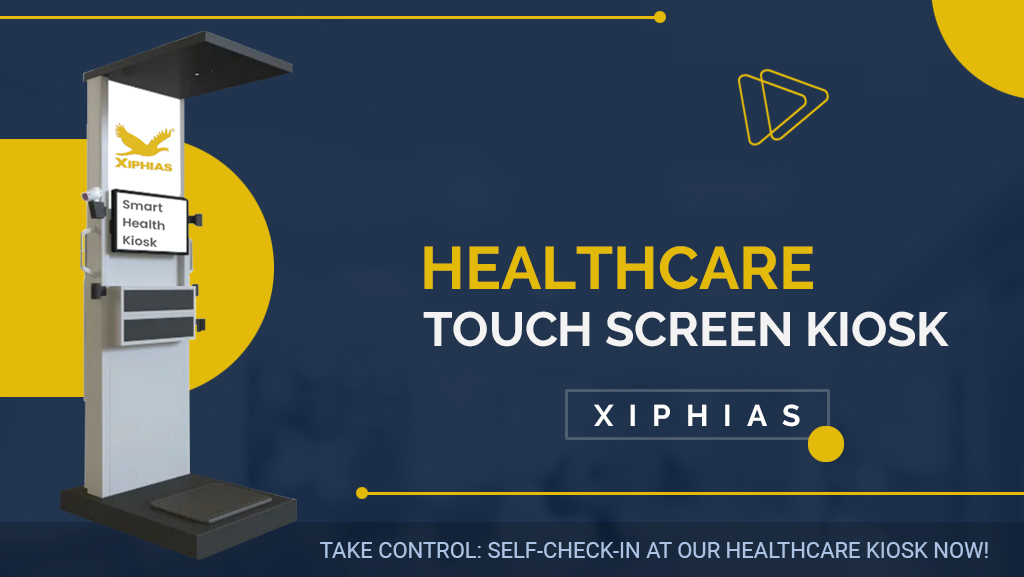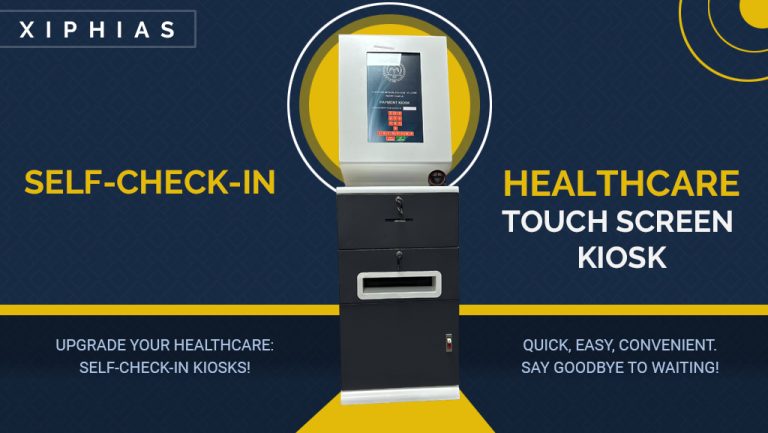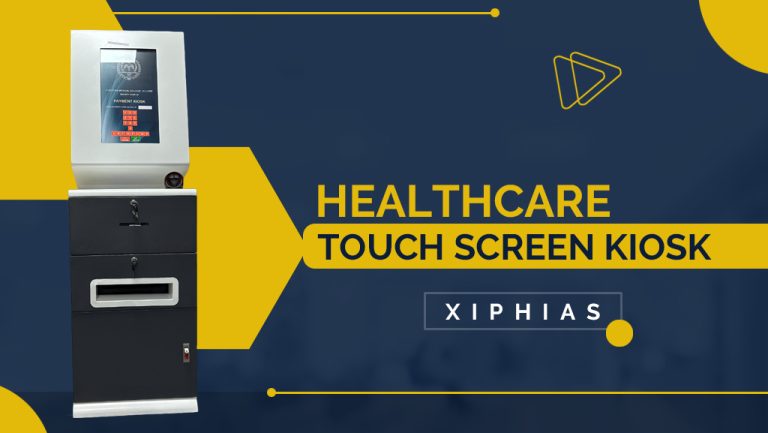From Check-In to Check-Out: How Healthcare Kiosks Simplify Patient Journeys
Healthcare facilities are continually evolving to meet the growing expectations of patients and to streamline operations. One of the most transformative innovations in recent years is the introduction of healthcare kiosks. From automating check-ins to simplifying payment processes at check-out, these kiosks are revolutionizing the patient experience. In this blog, we explore how healthcare kiosks streamline patient journeys and deliver a more efficient and satisfying healthcare experience.
The Role of Healthcare Kiosks in Modern Medicine
Healthcare kiosks are self-service machines designed to handle various patient-related tasks, such as registration, scheduling, billing, and more. By integrating these kiosks into their workflows, hospitals and clinics can improve patient satisfaction, reduce administrative burdens, and enhance operational efficiency.
Benefits of Healthcare Kiosks for Patients and Providers
Faster Check-Ins
Traditional check-ins often involve long queues and paperwork, frustrating patients and slowing down operations. Healthcare kiosks enable patients to register in minutes by entering their details or scanning IDs.
Enhanced Privacy
Kiosks provide a discreet way for patients to input sensitive health information without discussing it aloud with front-desk staff.
Streamlined Payment Processes
At check-out, patients can use kiosks to settle bills, choose payment methods, and receive invoices.
Reduced Administrative Burden
Staff can focus on critical tasks rather than handling routine paperwork, improving overall service quality.
Improved Accuracy
Automated systems minimize human errors in data entry, ensuring that patient information is accurately recorded.
Key Features of Healthcare Kiosks
Patient Registration
Kiosks collect personal and medical details, eliminating the need for lengthy forms. Returning patients can retrieve their information by logging into their accounts.
Appointment Scheduling
Patients can view available time slots and schedule or reschedule appointments directly through the kiosk.
Wayfinding Assistance
Advanced kiosks offer navigation support, helping patients locate their designated rooms or departments.
Payment Integration
Kiosks accept multiple payment methods, including credit cards, digital wallets, and insurance claims.
Multilingual Support
To accommodate diverse patient populations, many kiosks feature multiple language options, ensuring inclusivity.
How Healthcare Kiosks Simplify Patient Journeys
Step 1: Seamless Check-In
Upon arrival, patients use healthcare kiosks to register, verify personal details, and confirm appointments. This reduces congestion at reception areas and ensures that patients are ready for their consultations quickly.
Step 2: Real-Time Updates
After check-in, kiosks can provide real-time updates, such as estimated wait times or appointment reminders. This keeps patients informed and engaged.
Step 3: Digital Documentation
Patients can upload required documents, such as insurance details or prior medical reports, directly through the kiosk. This eliminates the need for carrying physical paperwork.
Step 4: Navigation Support
For larger healthcare facilities, kiosks equipped with wayfinding features help patients navigate complex layouts efficiently, minimizing stress.
Step 5: Medical History Access
Returning patients can use kiosks to review their medical history and update records as needed, ensuring healthcare providers have accurate information.
Step 6: Streamlined Check-Out
At the end of their visit, patients can use kiosks to pay bills, schedule follow-ups, and provide feedback. This hassle-free process ensures they leave with a positive impression.
Challenges and Solutions in Implementing Hospital Kiosks
Technical Issues
Kiosks must be regularly maintained to prevent downtime. Partnering with reliable vendors ensures robust systems.
Patient Reluctance
Some patients, especially older adults, may be hesitant to use kiosks. Providing user-friendly interfaces and assistance can ease this transition.
Data Privacy Concerns
Healthcare facilities must comply with regulations like HIPAA to ensure the confidentiality of patient information.
Future Trends in Healthcare Kiosks
AI Integration
AI will enable more personalized experiences, such as tailored recommendations and predictive appointment scheduling.
Telemedicine Support
Kiosks with video conferencing capabilities will allow patients to consult with doctors remotely, reducing travel and wait times.
Biometric Authentication
Facial recognition and fingerprint scanning will enhance security and simplify logins.
IoT Connectivity
Connected devices will enable real-time data sharing between kiosks, medical devices, and healthcare systems, ensuring seamless care.
Conclusion
Healthcare kiosks are transforming patient journeys, making every step — from check-in to check-out — more efficient and convenient. By automating routine processes, they empower patients, reduce staff workload, and enhance overall satisfaction. As technology advances, the role of kiosks will only grow, becoming an integral part of modern medical facilities.
Adopting these innovative solutions not only improves the patient experience but also positions healthcare providers as leaders in a tech-driven era.
Would you like to explore healthcare kiosks for your facility? Contact us today to learn more.






